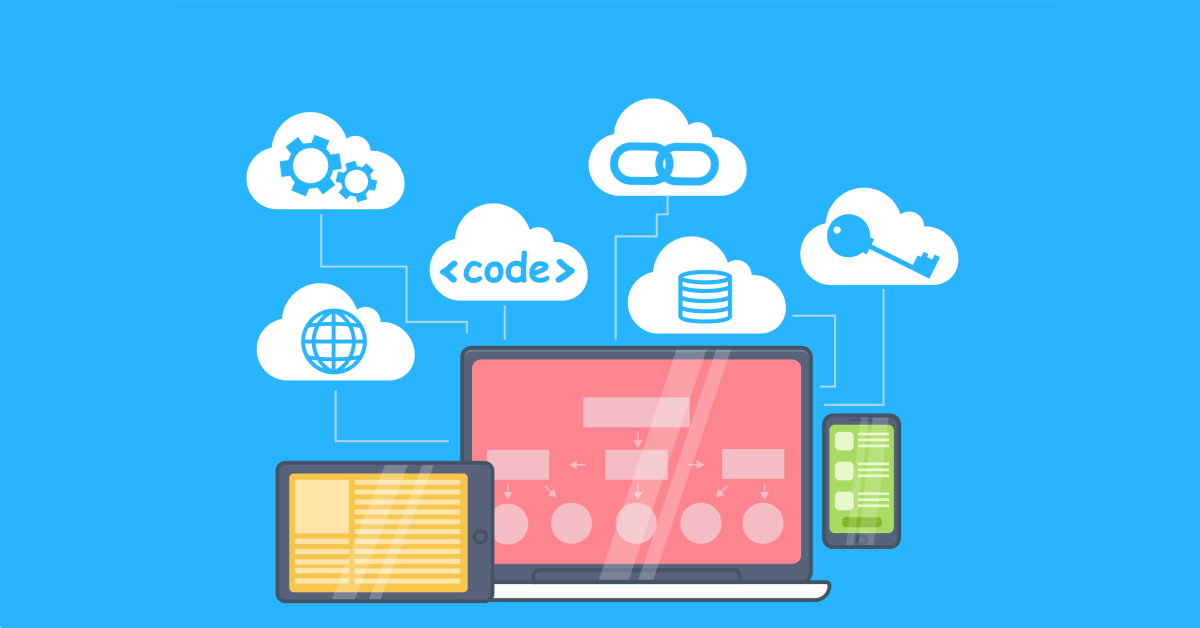Originally published by Kamini Shivalkar on medium
Recently, we’ve seen a lot of action in SaaS. In the first half of 2019, Slack and Zoom were high profile tech IPOs. Icertis became 4th SaaS company from India valued at $1B+ (the first three being Zoho, Freshworks, and Druva). It is an exciting time to build a SaaS startup in India. At Gemba Capital, SaaS is one of our focus areas. We believe SaaS startups ‘made in India’ can win in global markets.
SaaS is now not just restricted to old software systems being replaced by their cloud analogs, but we see new categories such as marketing analytics, collaboration and productivity making their mark.

SaaS is a subset of cloud computing. Cloud computing comprises of a host of services like PaaS — Platform as a service (Zoho) and IaaS — Infrastructure as a service (Amazon AWS) whereas simply put SaaS is an application hosted on cloud accessed over the internet for a monthly subscription. In 2018, global cloud spending is estimated to be $187B with India accounting for $2.5B. 90% of Fortune 500 companies are using some form of cloud computing. As the cloud market grows to SMBs, there will be a greater push for the adoption of SaaS.

Global SaaS is estimated to be $73B in 2018 and projected to reach $129B by 2022. In India, it is currently $1B and expected to be $3.4B by 2022. Over 70% of the revenue is coming from markets outside India, US being the highest contributor. In India, SaaS penetration is 4% of the software and services market indicating ample room for growth. Hans Tung, Managing Partner at GGV Capital (Investor in Bytedance, Slack) believes India will have more SaaS unicorns than China. Suresh Sambandam, Founder &CEO of OrangeScape is bullish on India’s SaaS potential to reach $1T in annual revenue. We echo these views and believe Indian SaaS startups will take a page out of global SaaS playbook and rewrite a new growth story.
Here’s why we feel it is the right time to invest in this space.
- India has the skilled tech talent

India has abundant and diverse tech talent comprising of developers, product managers, UI/UX engineers. Over 15k professionals are working in SaaS startups in Chennai. As of April 2018, India has 2.75 million software developers and some of them are upgrading their skillset in advanced technologies like AI, ML, and Robotics. The poster boy of Indian SaaS, Zoho is referred to as SaaS founder’s factory. It has spawned 22 ex-Zoho employees who are currently running their own SaaS ventures like Freshworks, Chargebee, Facilio, etc.
2. Cloud is winning the war with on-premise

3. Cost arbitrage- Indian SaaS products are priced at least 4x lower than their US and European counterparts. Annual compensation per developer in India is $25k vs $120K in the US.
4. Scaled startups are becoming early adopters of SaaS- Scaled startups understand the significance of speed of technology adoption in achieving scale and operational effectiveness. They want to focus on their core competency and don’t wish to deploy their core tech talent in developing all products in-house. Even Indian SMBs are slowly willing to adopt SaaS as they see merit in adoption and they also have to compete with their digital more tech-enabled counterparts.
5. Consumerization of IT

Millennials work on smartphone and prefer simple convenient go-to apps in everything they do. Remote teams and the new working style do not suit old enterprise software, physical processes.
If something works in consumer it’ll make its way to B2B with a 3 year lag. Whatsapp-> Slack, Facetime-> Zoom
-Andrew Chen, a16z.
6. Thriving SaaS ecosystem- Aspiring entrepreneurs now have a strong ecosystem to build SaaS businesses. For eg. Upekkha, is a SaaS venture catalyst which helps entrepreneurs build value SaaS businesses in a capital-efficient way. Events like “SaaSBhoomi” is held every year in India where the best SaaSpreneurs mentor and offer insights on various aspects of running a SaaS startup to entrepreneurs.

7. No dearth of smart capital — One of the oldest and renowned enterprise-focused VC firm in the US, Emergence Capital with a portfolio comprising of Salesforce and Zoom has recently led Series B round of US-India startup Vymo. Post stellar exit in consumer internet space with Flipkart (acquired by Walmart), Tiger Global is bullish on SaaS with over $90M invested in 4 Indian SaaS startups — Fyle, Facilio, Zenoti and Clevertap in 2019. Many of the established SaaS founders have become angel investors in young SaaS startups.
Some of the areas where we have seen a lot of action in SaaS over the last couple of years are:
- ACI SaaS- Automation, Collaboration, and Intelligence –the Increasing need for automation and collaboration is the tailwind making enterprises shift from System of Record to System of Workflows. For eg. Any legacy ERP is a system of record in which most data needs to be manually entered by users. Finly.io (Gemba Capital portfolio) which automates accounts payable for enterprises has redesigned the entire user experience based on capturing data intelligently from workflows and integrated with all third-party apps. Business processes which are manual or offline and generating large data need ACI.

Initially, products will focus only on Automation and Collaboration, thus differentiation for such products lies in keeping the application flexible, simple with a diverse feature set. Intelligence layer on top of this will be a strong moat and would increase customer stickiness. However, generating real-time meaningful insights proactively from a large amount of data captured through automation and collaboration is not an easy problem to solve.
2. Unbundling to Rebundling- Enterprise software is coming back full circle from integrated products (ERP etc) to unbundling (SaaS) and now again to an intelligent integrated offering (ACI SaaS). SaaS startups started unbundling on-premise large ERP systems into business function-specific products with attractive UI/UX. Thus, we have Salesforce for CRM, Hubspot for marketing, etc. As more SaaS apps entered the workspace, it resulted in unstructured collaboration and difficult to build an intelligence layer across a medley of SaaS products. Thus, emerged the need for an integrated platform. The dominant player in the core category will capture adjacent categories as well and emerge as a full-stack integrated solutions provider to the customer.
3. Low code/no code- Low code/ No-code platforms work best for non-tech businesses which have limited or no in-house tech teams. Software is flexible with simple UI/UX, drag and drop tools wherein users can create and modify workflows, write business rules, develop immersive content (AR/VR) and even develop supporting mobile apps.

4. Vertical SaaS- Vertical SaaS startups are breaking the mould by offering tailor-made platform with specific industry focus across functions. Thus, they are capable of addressing gaps which horizontal products can fall short of. Veeva for Pharma sales reps has been chipping away at the dominance of horizontal CRM players.

Large, fragmented market wherein individual participants cannot build tech unlocks vertical SaaS opportunity. For eg. lending works best if it is built on top of vertical SaaS and payments. AI can comb through massive transactional data which drives the underwriting engine and credit can be offered real-time as per business needs.
Closing

Sources
>> Google/Accel partner report 2016
>>Times of India- Silent SaaS revolution is brewing in Chennai
>> Inc42 Report 2019
>> The Week 2018- India has fast-growing software developer base globally
>> Forbes 2019- Profits can wait as Freshworks targets a cloud market dominated by SaaS
>> SaaSy in Chennai- Economic times



